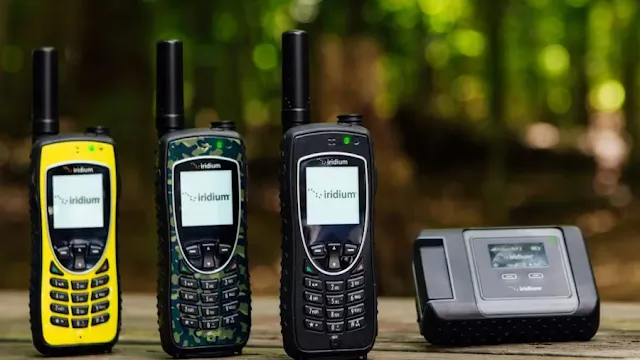Navigating Indian Customs: Understanding Rules for Residency Transfer
Relocating to India, whether returning home after years abroad or moving for the first time, involves not just adapting to a new lifestyle but also navigating through the maze of customs regulations. Among the myriad of considerations, understanding the Indian Customs rules for Residency Transfer stands out as a crucial step for a smooth transition. This article aims to shed light on the essential customs regulations that individuals moving to India should be aware of, focusing on the Transfer of Residence (TR) entitlements, which significantly affect how personal belongings and goods are brought into the country.
Transfer of Residence (TR) Entitlements
The Transfer of Residence (TR) entitlement allows Indians and foreign nationals moving to India to bring their personal and household articles into the country, subject to specific conditions and exemptions. This provision is designed to make the process of relocating less burdensome, financially and administratively.
Eligibility Criteria
To qualify for TR benefits, individuals must have lived abroad for a minimum period, typically not less than two years, and must not have visited India for more than 180 days in the preceding two years. The applicant must also intend to stay in India for a minimum of one year. The eligibility extends to both Indian nationals returning to India and foreigners taking up residency in the country.
What Can Be Brought in Duty-Free?
Under the TR entitlement, individuals are allowed to bring in used personal and household articles, such as clothes, linens, and kitchen appliances, duty-free within specified limits. The list of allowable items and quantities is periodically updated by the customs authorities, so it's crucial to check the latest regulations.
Additionally, certain high-value items like one laptop per person can also be brought in duty-free, provided they have been in the owner's possession and use for a minimum period before the relocation.
Restrictions and Prohibited Items
While the TR entitlement offers considerable allowances, there are restrictions on what can be imported as part of the personal and household goods. Prohibited items typically include firearms, narcotics, and items that are offensive to Indian customs or pose a risk to the country's environment and public health.
Importing Vehicles
Importing a car under the TR scheme is permissible but comes with its own set of stringent regulations and significant duties. The vehicle must have been in the owner's possession for at least one year before moving to India, and the importer must hold a valid driving license from the country of residence.
Customs Duties and Taxes
Even under TR, certain items may be subject to customs duties and taxes, especially if they exceed the allowed quantities or do not meet the criteria for duty-free import. It’s advisable to familiarize yourself with the applicable duties and taxes to budget accordingly for your move.
How to Apply for TR Benefits
The process involves submitting a declaration of the goods being imported, along with proof of eligibility for TR benefits, such as passport details and a visa indicating residency status. Engaging a customs broker or a relocation specialist can help navigate the complexities of the application process.
Key Takeaways for a Smooth Residency Transfer
- Documentation is Key: Keep all relevant documents, such as passport copies, visa, and inventory of goods, well-organized and accessible for customs clearance.
- Plan Ahead: Start the process early to understand the specifics of the TR entitlements and prepare accordingly.
- Seek Professional Advice: Considering the complexities of customs regulations, consulting with a customs broker or relocation specialist can provide valuable insights and assistance.
- Stay Updated: Customs rules and duty exemptions are subject to change. Always refer to the official Indian Customs website or contact the customs office for the most current information.
Transferring residency to India is a significant life event that requires careful planning, especially when it comes to navigating customs regulations. Understanding the TR entitlements and preparing accordingly can ensure that the move is not only compliant with Indian laws but also as hassle-free as possible. Welcome to India, a land of diversity and opportunity, where a little preparation goes a long way in ensuring a smooth start to your new life.











